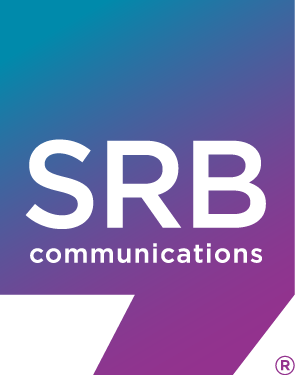News & Insights
Building a World of Accessibility
They say marketing is a reflection of society and society is a reflection of marketing. However, if you were an alien that just landed on earth and looked at the ads the marketing industry produces, you would never know people have disabilities as accessibility representation is rare. When it comes to DE&I, race, gender and sexual orientation seem to take the majority of the time and resources. But it also important to focus on the accessibility of your marketing as well. So, we’ll look at the wrong and right ways to include people with disabilities in your marketing while also making that marketing accessible.
Inclusion
According to the CDC, around 26%, or one in four people, have a disability of some sort. Besides the ethical obligations, lack of inclusion is just bad business. However, inclusion marketing is a balancing act. The end goal is inclusion and allyship, but too often marketers miss the mark. They either offer pity in the ad or use it as a source of inspiration. Pity is obviously not what people with disabilities want; they want inclusion. Inspiration doesn’t sound that bad but who is it inspiring. Often times, it actually makes a non-disabled person feel good and better for having watched it. These approaches are wrong and offer little to people with disabilities.
A good way to ensure you’re focusing on inclusion is to ask yourself who the ad is for. If your intent is to include people with disabilities in the conversation and give them the same representation, use that to drive the message of your ad. It’s also important to acknowledge the intersectionality of a person with a disability. The disability does not define who they are; it’s valid to focus on the other things that make them who they are.
Like any other group, representation matters within the industry as well. Diversity should be seen in the company at every level. The C-suite is made for everyone and people with disabilities can and should assume those positions. Often businesses create programs to offer resources and paths to executive positions for certain groups. Reflect on your own company’s efforts and see what you can do better to do the same for people with disabilities.
Accessibility
Accessibility starts with you and the choices you make every day. When you are hosting an online event, do you describe the pictures and yourself for those who may be visually impaired or blind? Do you make sure there’s captions for those who are hearing impaired or deaf? These are the things we should all be reminding ourselves. Accessibility is on you and your company.
Other things you should focus on is your website. There are many ways to optimize your site for accessibility. Start by including images with alt text. This allows a person who is visually impaired or blind to still access all the content. You can also allow users to enhance the font size and reevaluate other content like videos to ensure their accessibility as well. It’s important to note that there are disabilities of all types; some you can see and others you can’t. Try to address everyone’s need in redesigning your site.
One of the biggest problems with companies promoting themselves as accessible or “disability friendly” is that it means nothing. If you say on your site that your business is “disability friendly”, it’s like saying someone asking you what you do to make your business accessible and replying with, “Yes.” You gave no detail to actually explain what about your business makes it “disability friendly”. Instead of saying it, show it. Have “disability facts” listed on your site. These facts can include information about parking, bathrooms, alternative entrances, and other things your business offers.
Diversity means everyone. It’s on all of us to start and live it as an ever day effort. It’s important to be conscious of it and push for more inclusion in our marketing, our companies, and our communities. There’s plenty of resources out there to help guide you on what to do; take the first step and build a community that is accessible no matter one’s race, gender, sexual orientation, or ability.



